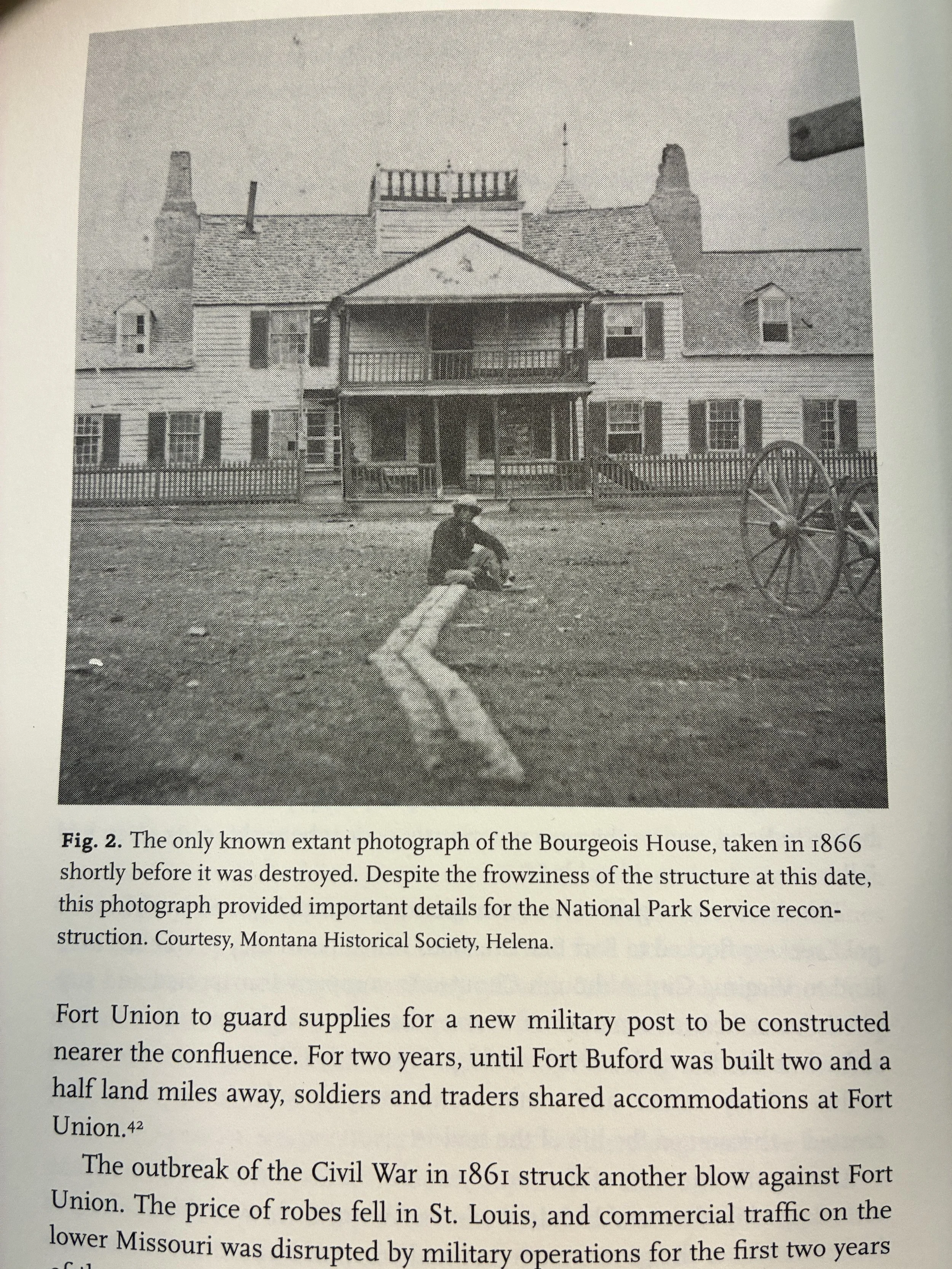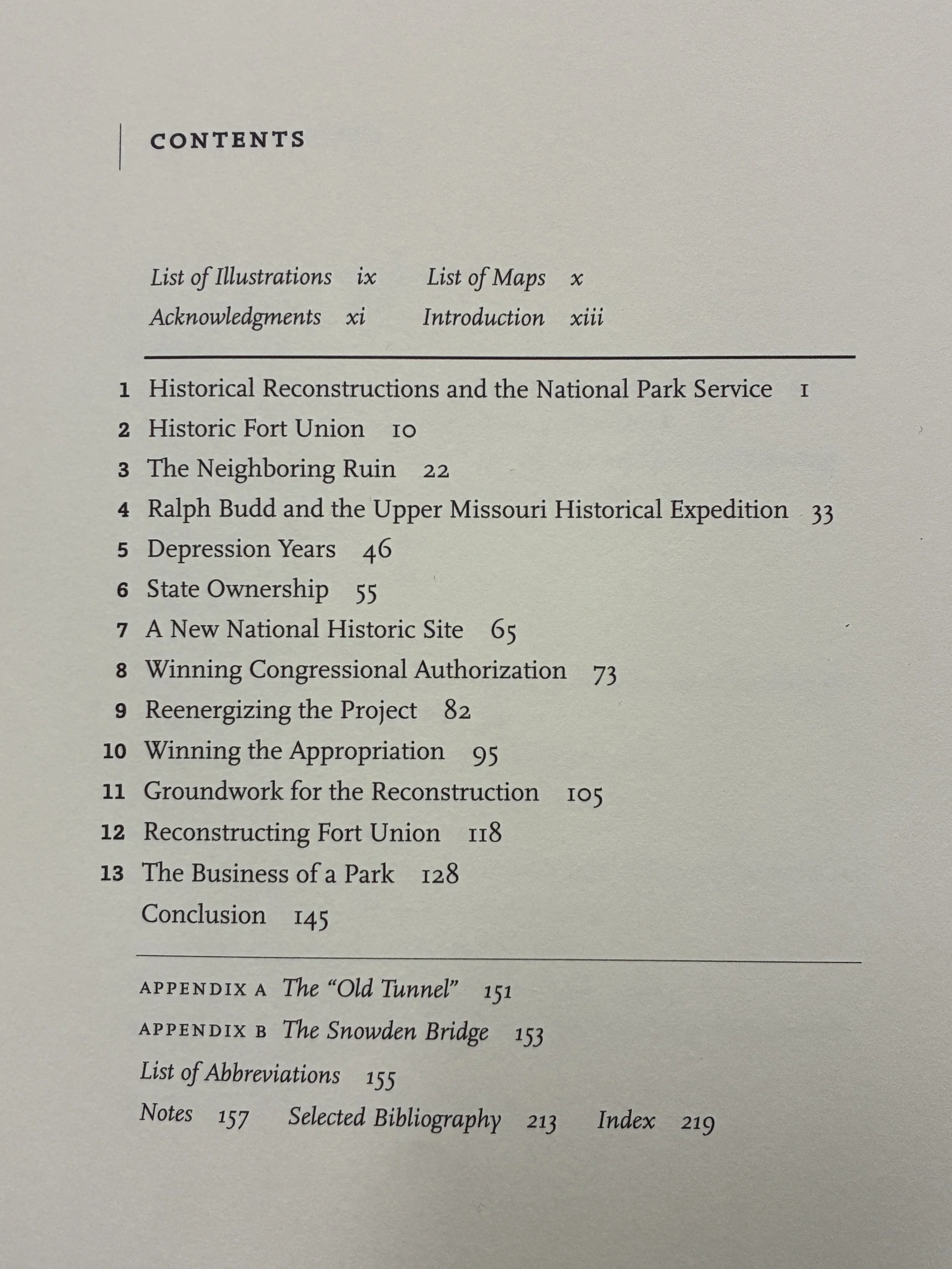Reconstructing Fort Union
As I considered which book to choose for this report, I was reminded again of a familiar saying; “The most sustainable buildings are the buildings that already exist.” The question is though, what should we do when the buildings important to history no longer exist?
Published in 2001 by the University of Nebraska Press, Reconstruction Fort Union by John Matsko delves into the question and philosophy of reconstructing history. What’s being preserved? What is a preservationist’s responsibility to future generations? Who decides?
Perhaps you are familiar with the reconstruction philosophy which led to the creation of Franklin Court in Philadelphia. This reconstruction was completed in 1976 in celebration of the Bicentennial.
(Photos courtesy of National Parks Service)
We regularly see displays that entice our imagination. Remnants of original fabric with signs giving us clues to what had once existed at the site. It is the National Park Service’s approach to reconstruction at historic sites.
In 1961, Fort Union Trading Post became one of the earliest National Historic Landmarks (NHS). A tremendous honor for this remote area of North Dakota but well deserved given the economic impact and cultural connection between the Indigenous and fur traders supplying the eastern reaches of this continent and Europe with furs during the early 1800s.
The book details the many considerations ultimately leading to the Park Service “bending” its own rules regarding reconstruction projects. Author Ethan Carr (Wilderness by Design) offers his opinion regarding the book’s accounting for reconstruction; “Important for readers interested in the controversies of preservation theory, as well as anyone intrigued by how local advocated and organizations like the National Park Service shape our shared perception of the past through the management of historic places.”
In 1985, the community and its advocated prevailed, and the National Park Services began reconstruction with Fort Union Trading Post’s flagpole. Over the course of the next six years the Park Service completed the reconstruction.
(Photo courtesy National Parks Service)
Reconstructing Fort Union tells the story of the successful conclusion to a unique situation seemingly outside the existing “rules” of the National Park Service. It is my opinion that this book offers valuable insights for preservationist as we grapple with determining an appropriate amount of reconstruction for clients’ projects.
Please feel free to send me your comments on Reconstructing Fort Union, or other books that you believe are essential for preservationist!








